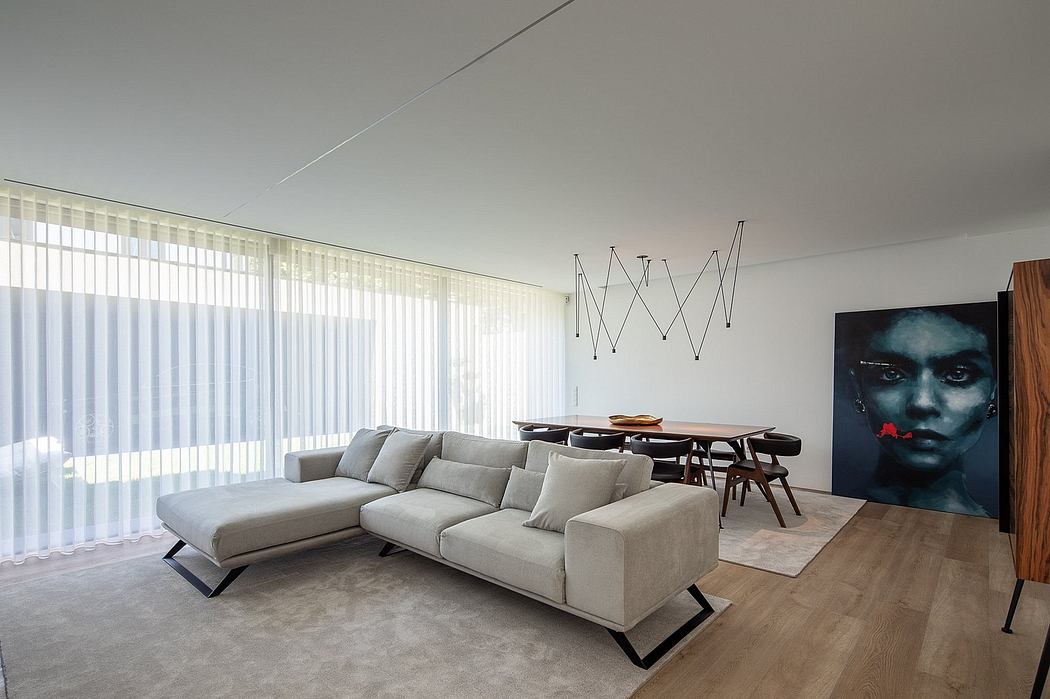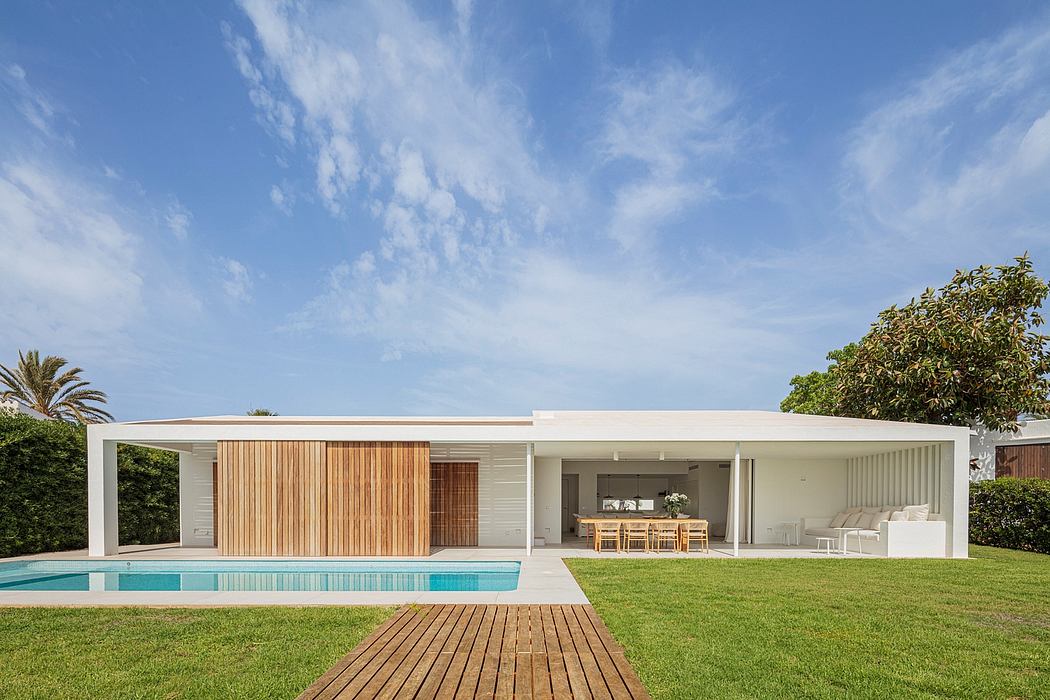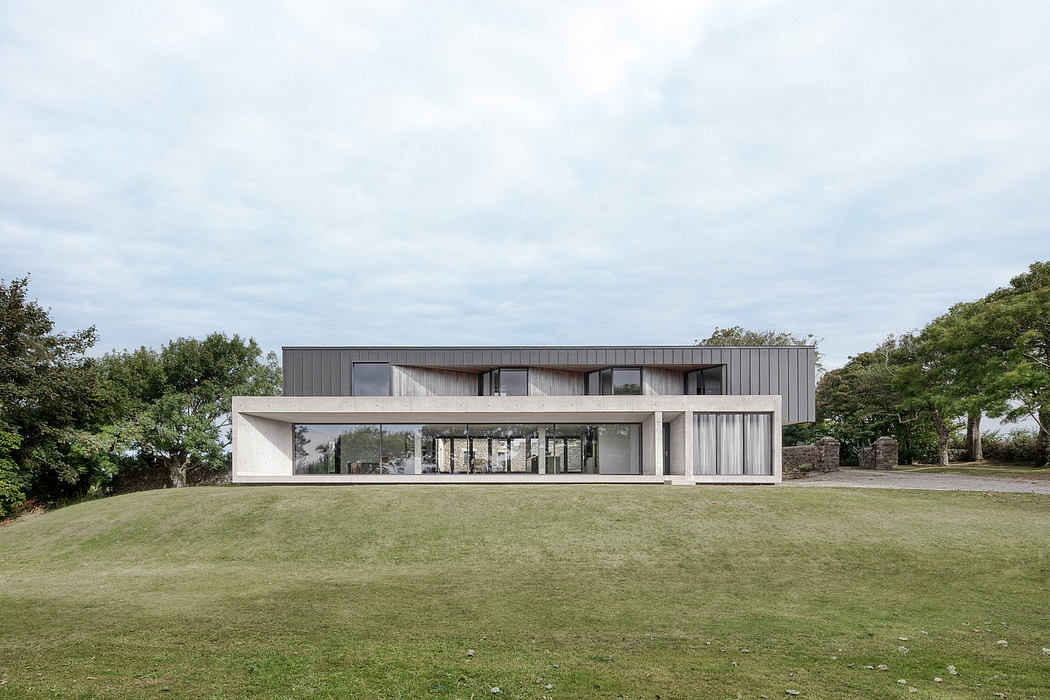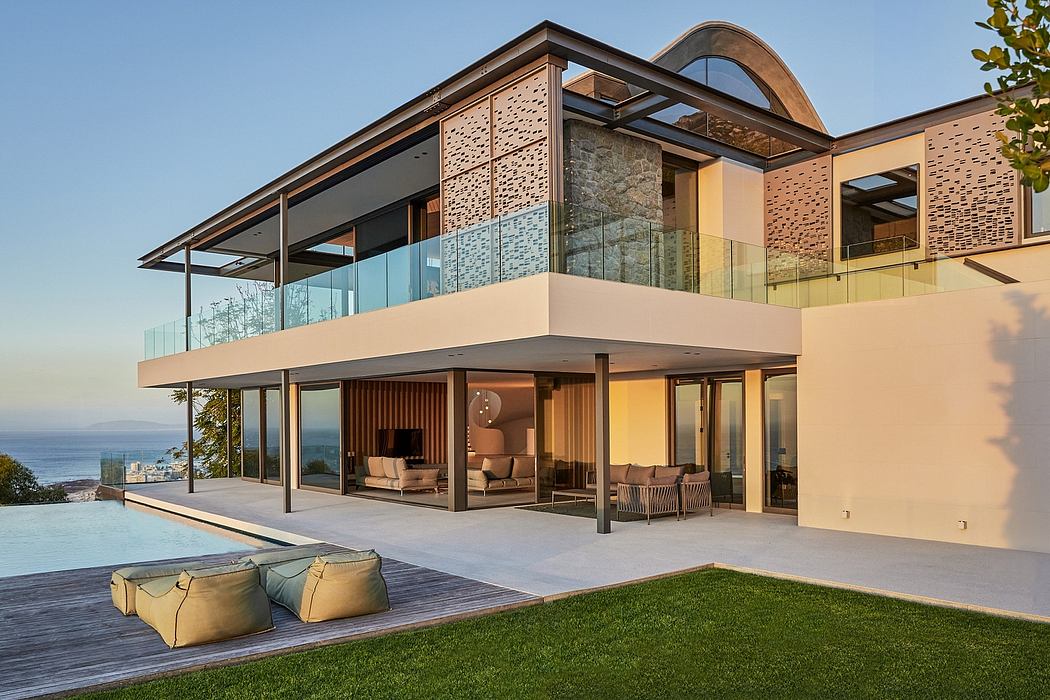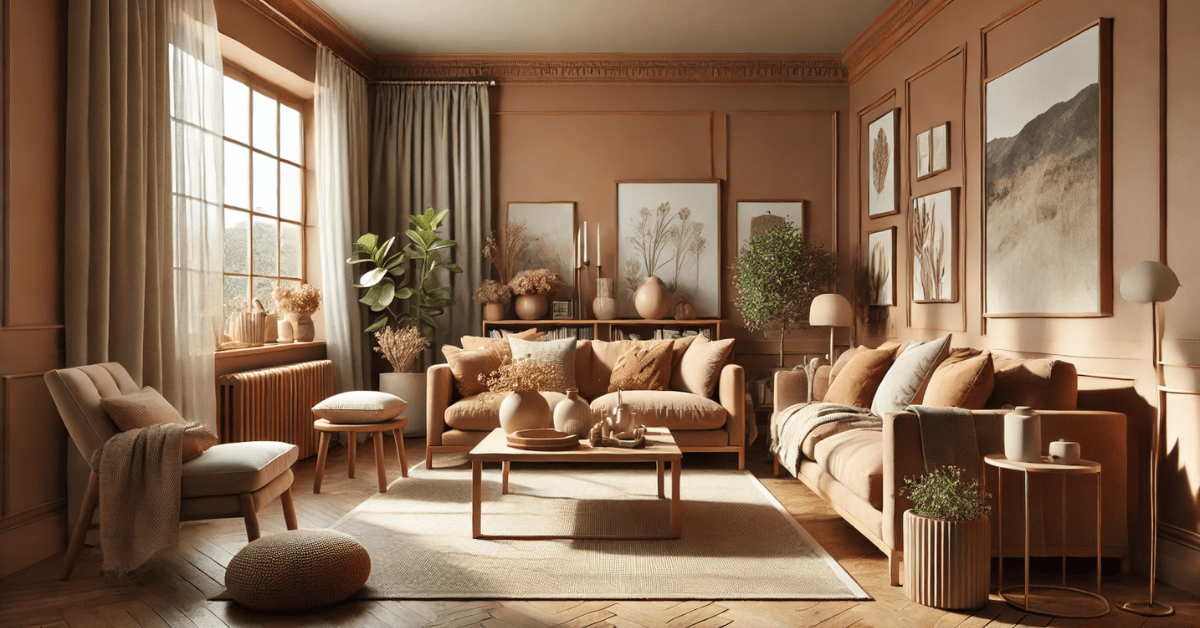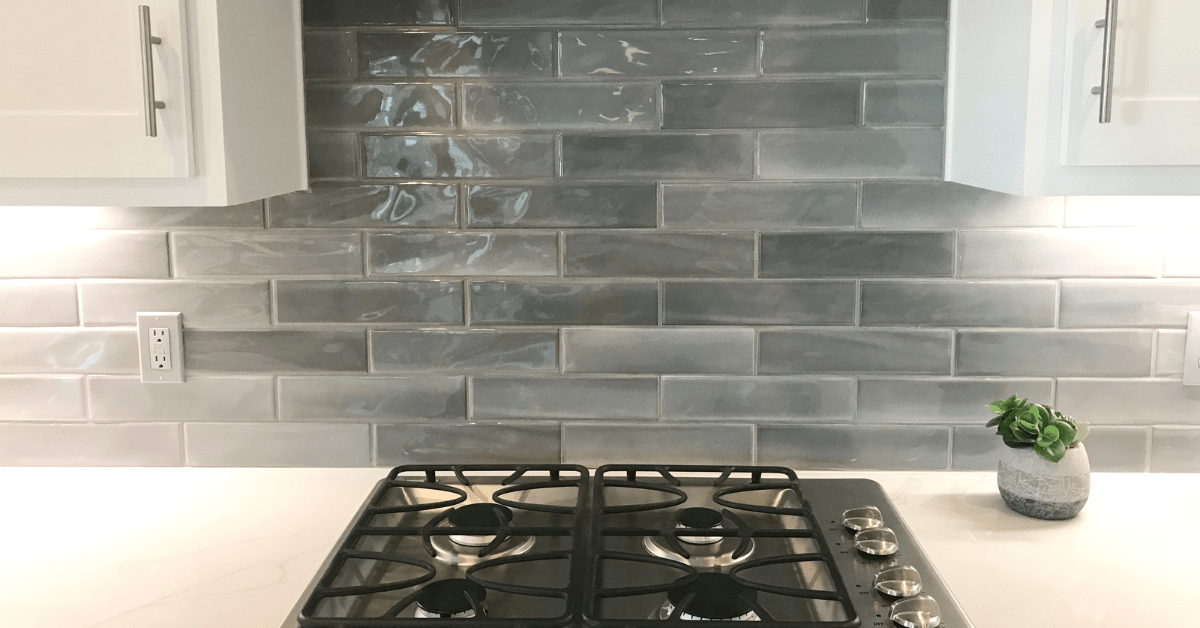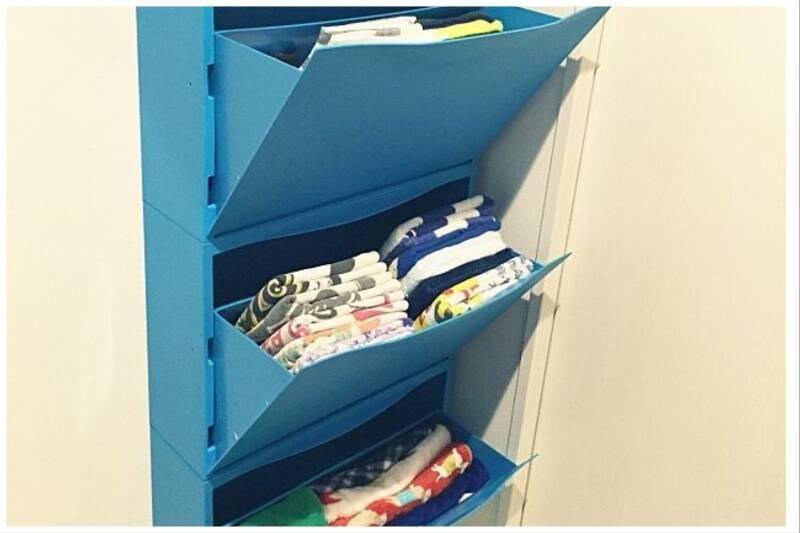The rise of velvet in the age of attainable luxury

The fabric is a tactile oasis in a world of visual distraction Most of the things we touch in a day are hard and smooth, metal or plastic. The keyboard or phone screen you have your hands on right now. Steel water bottles, ballpoint pens, toothbrushes. Even among squishy products, we like things flat and compact: consider Uniqlo?s ultra-light down jackets or densely packed RXBars.
Perhaps as a form of resistance to this material steamrolling, texture has become increasingly prominent, at least when it comes to marketing. For textiles that sit close to skin, coziness is a virtue. ?Supersoft? T-shirts, stretchy denim, sumptuously smooth sheets. When we shop online with only images to guide us, we rely on adjectives like these to tell us how a product will feel. As comfort has become a key design principle, velvet has become a key ingredient. You can see it on the couches at the Wing?s coworking spaces, the stools at Michelin-starred sushi bar Noda, the seats at Nightshade in Los Angeles, the accent pillows at Trellis, New York?s first ?fertility studio.? You can buy velvet bedding at Anthropologie, seating at CB2, headboards at Target. It?s rich, malleable stuff that needs no introduction. Everyone knows what velvet is and what it feels like, even if they don?t know what it?s made of.
Shutterstock; Heidi?s Bridge; Carlos Chavarria
The term ?velvet? describes a weave rather than a specific material?a thick, soft pile of individual threads (looped ...
| -------------------------------- |
| Arthur Mamou-Mani on 3D-printed architecture and sustainability | Design for Life | Dezeen |
|
|





